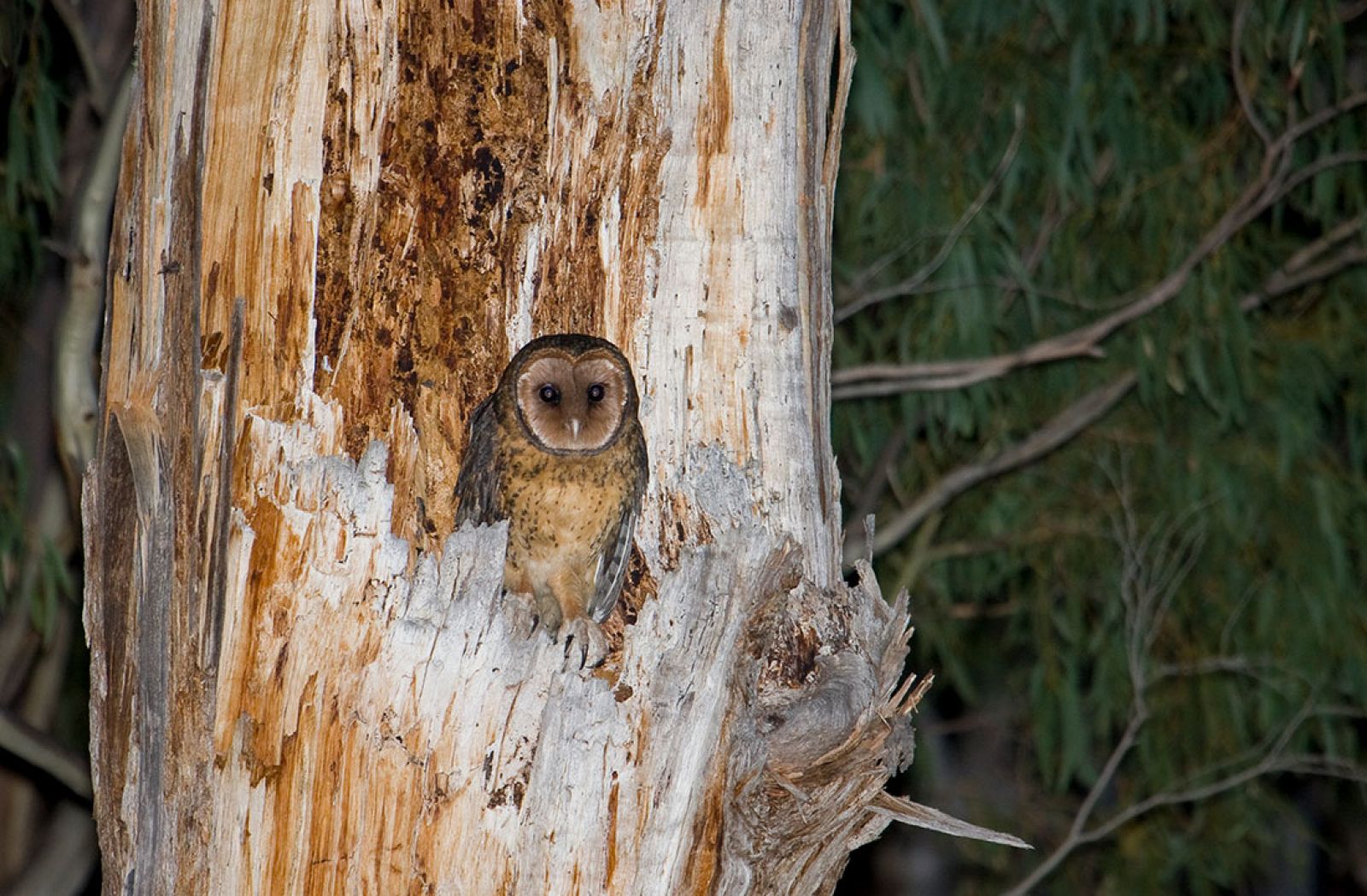Fauna Technical Notes
The fauna technical notes provide supplementary information and technical explanation on commonly encountered fauna management issues in production forests. They are advisory and are not additions/alterations to the Forest Practices Code.
Technical Note 1: | Guidance on managing eagles’ nests. |
Technical Note 2: | Background information on the construction and limitations of the mature habitat availability map. |
Technical Note 3: | Provides guidance on identifying swift parrot potential foraging and breeding habitat. This technical note formalises documentation that has been used by industry planners for many years. |
Technical Note 4: | A survey protocol for determining the presence/absence of the broad-toothed stag beetle. |
Technical Note 5: | A survey protocol for determining the presence/absence of the Mt Mangana stag beetle. |
Technical Note 6: | An explanation of how the model should be used for nest searches. |
Technical Note 7: | Background information on implementing wildlife habitat clump provisions of the Forest Practices Code. |
Technical Note 8: | Background information on implementing wildlife habitat strip provisions of the Forest Practices Code. |
Technical Note 9: | This form can be used to complete details of interesting or unusual sightings of any fauna – details will be passed on to Parks and Wildlife Service. |
Technical Note 10: | Provides guidance on identifying potential Tasmanian devil and spotted-tailed quoll habitat and on designing effective habitat networks across the broader landscape. |
Technical Note 11: | This technical note outlines the recommended survey method so that results can be interpreted in terms of existing knowledge. |
Technical Note 12: | The habitat categories in this technical note assist with decisions on managing habitat for the grey goshawk in the north-west of the state. |
Technical Note 13: | The keeled snail (Tasmaphena lamproides) is listed as rare and surveys may be required for this species in areas proposed for forestry operations. This technical note outlines recommended survey methods. |
Technical Note 14: | Identifying eagle and goshawk nests can be tricky, even for the specialists, so we have put together these notes on things to look for. |
Technical Note 15: | Guidance for the design of fauna-friendly culvert crossings. |
Technical Note 16: | This note provides guidance for assessing habitat suitability. |
Technical Note 17: | Information on identifying and assessing masked owl habitat and guidance on how to manage known masked owl sites and potential habitat. |
Technical Note 18: | Information on identifying habitat for the two species of threatened frog found in Tasmania; the green and gold frog (Litoria raniformis) and the striped marsh frog (Limnodynastes peroni). |
